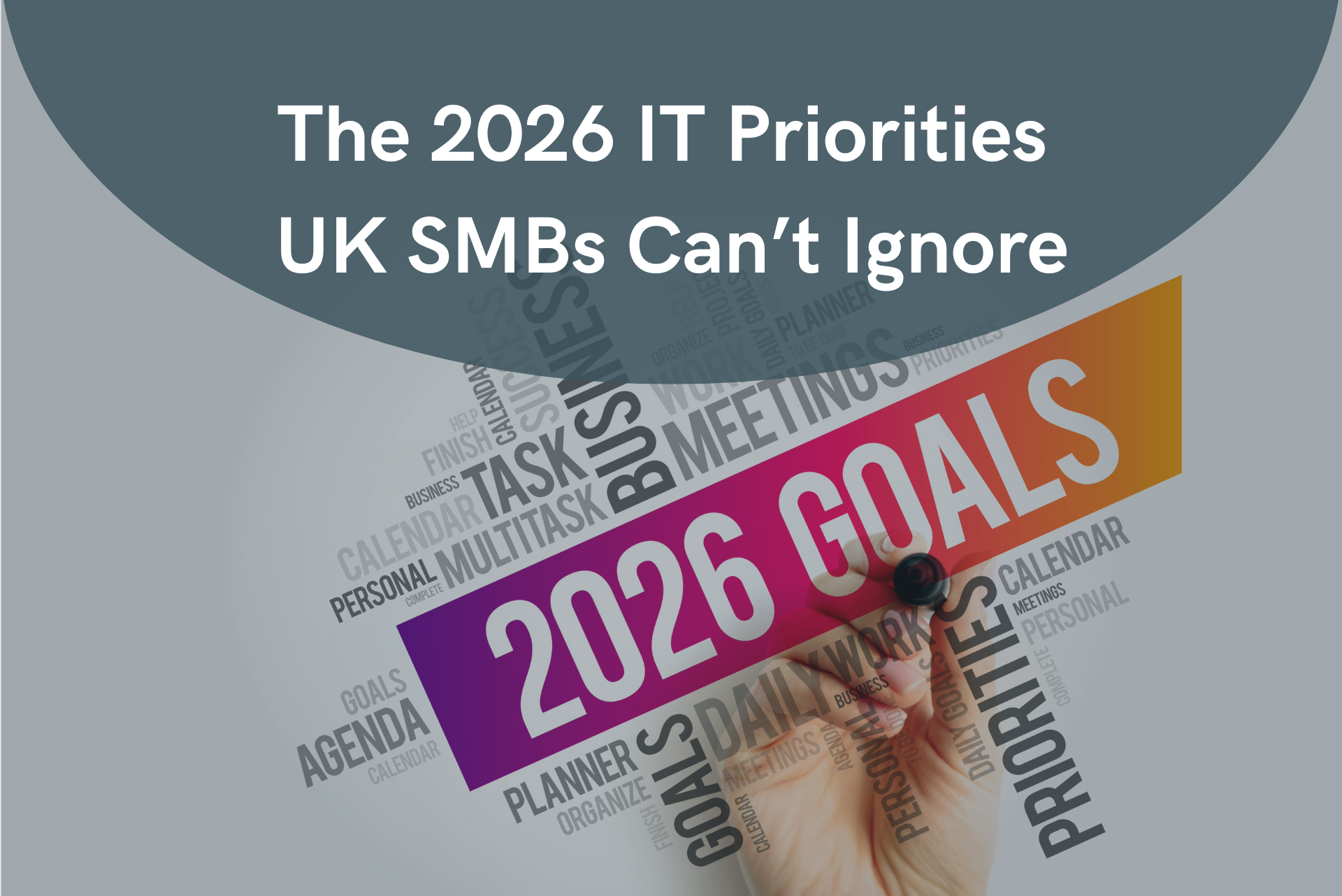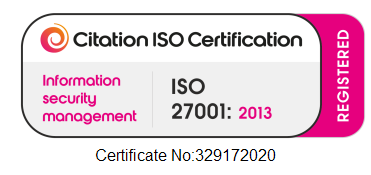How to Train Your Team Against Threats
How to Train Your Team Against Threats

Human error causes most cyber breaches. When it comes to cybersecurity, technology can only go so far. Firewalls, antivirus software, and encryption are critical but they won’t protect you if an employee accidentally clicks the wrong link. Your people are both your first line of defence and your biggest risk.
Human error remains the leading cause of data breaches. Whether it’s clicking a phishing link, using weak passwords, or falling for social engineering scams, a simple mistake can bypass even the most advanced technical controls. For businesses of all sizes, the threat is real and growing.
That’s why Cranborne offers ongoing cybersecurity training as part of our comprehensive cyber protection services. We help businesses turn their teams into active defenders against cyber threats.
Why Cybersecurity Training Is Essential
The cybersecurity landscape is constantly evolving. Attackers are getting more sophisticated, and phishing emails are becoming harder to spot. Meanwhile, hybrid and remote work environments mean employees are handling more sensitive information from more locations than ever before.
Without the right knowledge and vigilance, organisations face:
- Data breaches exposing sensitive business or customer information.
- Service interruptions that impact operations and productivity.
- Financial losses from fraud, ransomware, or regulatory fines.
- Reputational damage that erodes customer trust.
Training your team isn’t just a good idea it’s a necessary part of a strong cybersecurity strategy.
How Cranborne Helps Build Cyber-Strong Teams
At Cranborne, we deliver engaging, jargon-free training designed for real employees not IT specialists. We focus on the most common threats staff are likely to encounter and offer practical strategies they can implement immediately.
Our training sessions cover:
• Spotting phishing emails and malicious links
Phishing remains the most common way attackers breach businesses. We teach employees how to recognise the signs of a suspicious email and avoid risky clicks.
• Using strong authentication methods
Passwords are often the weakest link. We show staff how to create strong passwords and why using two-factor authentication (2FA) is a must for securing accounts.
• Reporting suspicious activity quickly
Fast reporting can limit the damage of a potential breach. We foster a "no-blame" culture where employees are encouraged to report anything suspicious early — without fear of repercussions.
• Understanding their role in compliance
Many industries have strict compliance requirements (like GDPR, HIPAA, or PCI DSS). We help teams understand why secure data handling isn’t just best practice — it’s often a legal obligation.
The Benefits of a Well-Trained Team
A well-trained team doesn’t just avoid mistakes; they proactively defend your business against cyber threats. With the right knowledge, your employees can become a powerful asset in your security strategy.
Benefits include:
- Lower risk of security incidents and breaches.
- Better compliance with industry regulations.
- Greater resilience against evolving cyber threats.
- Stronger trust from customers and stakeholders.
Cybersecurity Training: Not a One-Off
Cyber threats don’t stand still and neither should your training. That’s why Cranborne recommends regular, bite-sized refreshers to keep cybersecurity top of mind. Ongoing training ensures your team stays aware of new tactics and continues to build good habits over time.
Training isn’t a one-off event it’s a critical part of building a strong, security-aware culture across your business.
Protect Your Business — Start with Your People
Cybersecurity training isn’t optional anymore. It’s an essential investment in your business’s resilience, reputation, and future.




